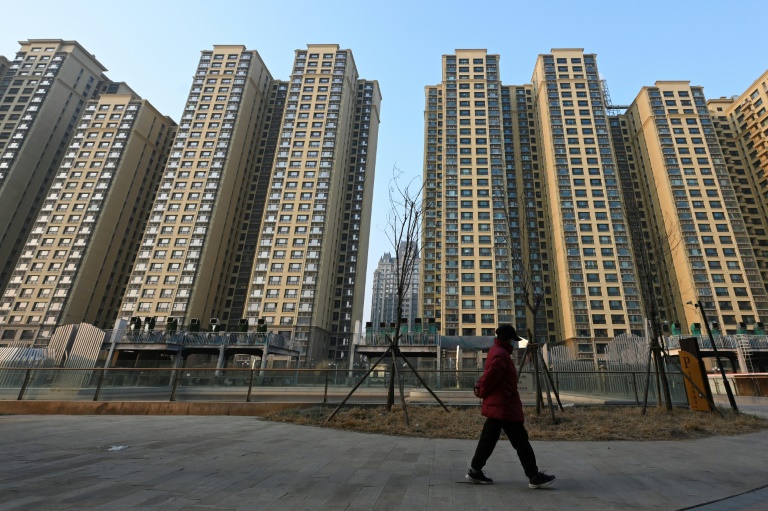Housing shortfalls and fixer-uppers: The property trends set to shape 2025

Developers’ stocks are among the big winners this week after China unveiled a raft of measures to support the property sector and other parts of the economy – Copyright AFP GREG BAKER
Real estate in 2024 saw a number of key developments and market shifts. A new report has assessed the top five trends from across last year, which provides an indication of how the sector will progress during 2025.
Access to quality housing remained a pressing issue for many people in 2024 due to continued fierce competition and limited inventory defined the market. Other contributing factors included high interest rates and rising home prices. The output of these economic factors has left many potential buyers on the sidelines, prompting a shift toward alternative homeownership strategies.
Among these alternative strategies, fixer-uppers emerged as a standout option for budget-conscious buyers looking for a way into the market. This is a term for a house in need of repairs – redecoration, reconstruction, or redesign (and it is used chiefly in connection with the purchase of such a house).
The Top 5 Reports from 2024 for real estate trends, are data driven and include the further digital transformation of the property market. The insights primarily relate to the U.S. and the analysis has been performed by the company Storage Cafe and assessed by Digital Journal.
- Multifamily surged by 54 percent over the past two decades, yet the overall housing shortage persists. This is indicated by property inventories growing just 16.7 percent. The standout laggard was “middle” housing — duplexes, triplexes, and small apartment buildings — which expanded by only 11 percent. This exacerbated affordability challenges within the U.S.Migration hotspots like Arizona and Texas are particularly feeling the affordability strain.
- Fixer-uppers gain traction amid rising housing costs, offering savings of 29 percent compared to move-in-ready properties throughout the U.S. In some cities, buyers were able to save $100,000 or more on a fixer-upper purchase. However, affordability challenges persist, especially in hotspots like California.
- Exurbs and suburbs outpaced urban centers in new inventory growth (15 percent over the last decade versus a 10 percent increase in principal cities), reflecting shifting preferences for space and quality of life.
- Industrial real estate dominated as e-commerce surged on the commercial front, with new warehouses and logistics hubs thriving, especially in the Sunbelt. Self storage also soared, with supply up 153 percent since 1980. In terms of market patterns,self storage typically aligns with housing development and demographic shifts, allowing buyers to maximize living spaces in many of the decade’s boomtowns. In the U.S., 48 percent of large-scale self storage development is located in the suburbs.
- Adaptive reuse drives self storage expansion as developers transform underutilized urban spaces into storage solutions, highlighting sustainable growth strategies in response to rising demand.
The report additionally analyzes state-to-state migration trends, revealing how affordability drives move from high-cost states like California and New York alongside generational preferences.
From this, the Gen Z demographic are drawn to states with affordable living, substantial career opportunities, and an outdoorsy lifestyle. At the same time, millennials appear to favor large states like Texas, Georgia, and Florida for reasons of job growth, avoidance of state income tax, and more affordable housing.
Housing shortfalls and fixer-uppers: The property trends set to shape 2025
#Housing #shortfalls #fixeruppers #property #trends #set #shape





